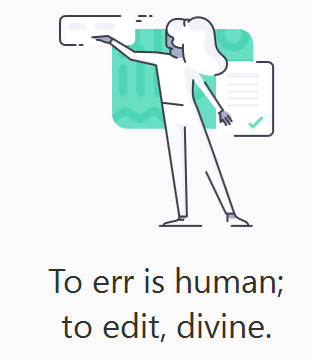
Every Story Has Two Perspectives: one from God’s point of view and the other from the perspective of humans. Nevertheless, every story has two sides: the God-like and the human. What does this mean? It means that every event, every situation, every conflict has more than one perspective. Furthermore, depending on whom you ask, you might get a different version of what happened.
The God-like side is the objective, factual, and unbiased view of reality. The side sees things as they are, without any distortion or interpretation. It is the side that knows the truth, the whole truth, and nothing but the truth. The human side is the subjective, emotional, and biased view of reality. The side sees things as they want them to be or as they fear them to be. It is the side that filters the truth through their own beliefs, values, and experiences.
Why is it important to understand both sides of every story? Because it can help us to be more compassionate, more tolerant, and more open-minded. It can help us to avoid jumping to conclusions, making judgments, or taking sides. It can help us to appreciate the complexity and diversity of life.
In this blog post, I will share some examples of how the God-like and the human sides can differ in various scenarios. I will also give you some tips on balancing both sides in your thinking and communication. First, I will share some examples of how the God-like and the human sides can differ in various scenarios. For instance, In a political debate, The God-like side would focus on the facts, the evidence, and the logic of each argument. The human side would focus on each speaker’s emotions, values, and personal attacks. A romantic breakup: The God-like side would acknowledge that both parties had their reasons, flaws, and contributions to the relationship. The human side would blame the other person for everything that went wrong or feel guilty for everything they did wrong. A historical event: The God-like side would present a balanced and accurate account of what happened, why, and the consequences. The human side would present a biased and distorted account of what happened based on their agenda, ideology, or nationality.
Here are some tips on balancing both sides of your thinking and communication. For example, Seek out different sources of information representing both sides of an issue. Do not rely on one source that confirms your views. Listen to understand, not to argue. Try to empathize with the other person’s point of view, even if you disagree with it.
Use respectful and constructive language when expressing your point of view. Avoid name-calling, insults, or generalizations. Be humble and open-minded. Admit when you do not know something or might be wrong. Be willing to change your mind when presented with new evidence or arguments. Ask questions that invite dialogue and clarification. Do not assume that you know what the other person means or wants. Do not interrupt or talk over them. Acknowledge the validity and value of both sides. Do not dismiss or ignore the other person’s perspective. Do not pretend that there is only one correct answer or solution. Lastly, we must all challenge our assumptions and biases. Do not let your preconceptions or preferences cloud your judgment or perception. Be open to new ideas and experiences that might expand your worldview.
Written By Lesallan – October 11, 2023


